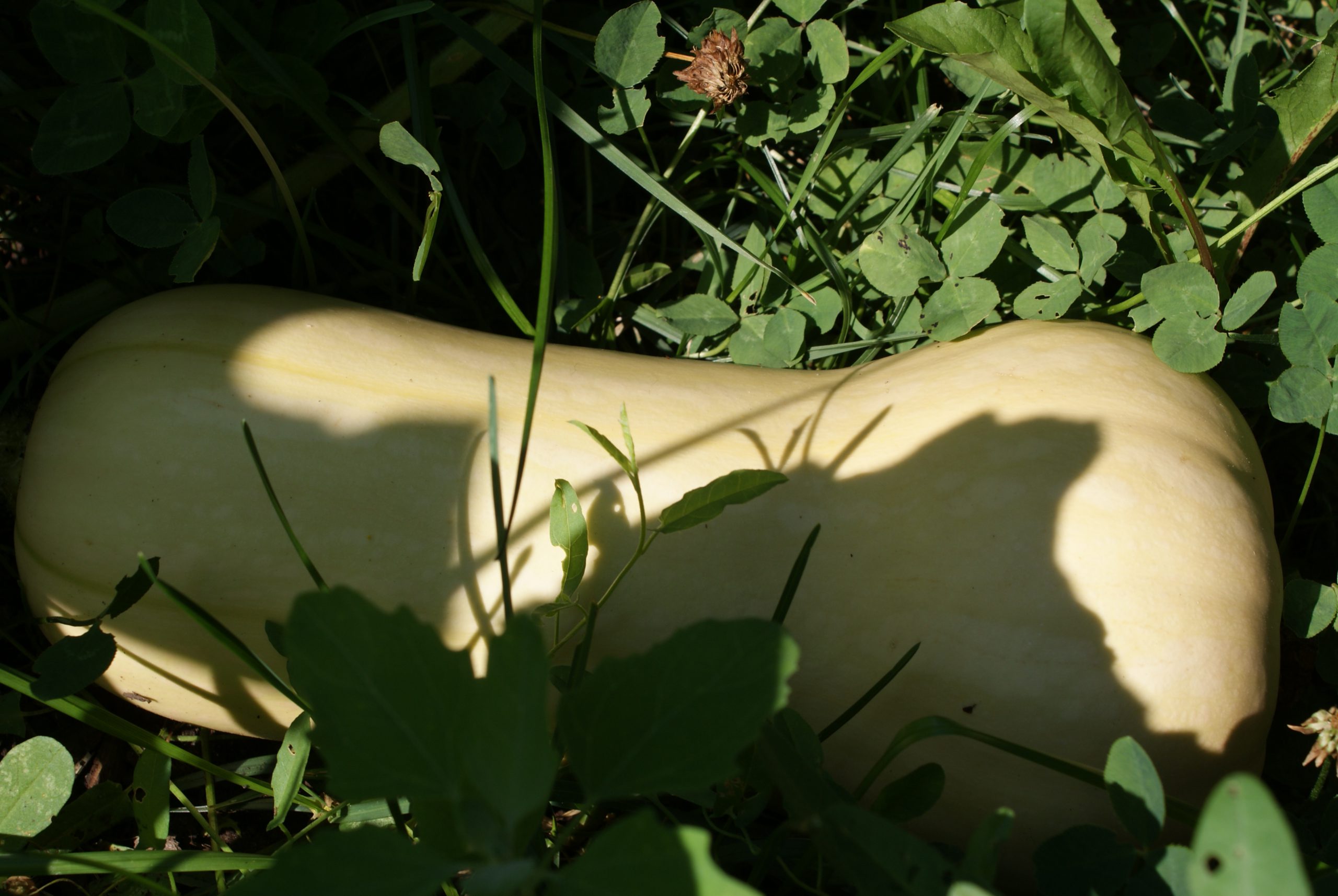
Garden fresh doesn’t have to mean plucked from your own backyard. When I first starting preserving the food of the seasons, almost all of my fruits and vegetables came from local farms or vegetable markets. At that time, I had a little garden, and it was just for everyday meals.
In fact, my husband and I laugh at a statement made by me in those early years. “This year I am really going to follow the market.” He thought- okay great she is going to learn more about financial investing, but what I meant was I would determine when all those lovely, juicy fruits and vegetables were at their peak and at market.
It was in those years that I had the pleasure of meeting some hard-working farmers and orchardists that taught me more than just when the veggies were at their peak. In keeping with our goal at Cansanity to share all the knowledge we have accumulated over our 30 years of garden and food life; we want to share with you a series of blogs called “A tour of Ontario farms” that will highlight some of our favourite farms that we have had the pleasure to visit and the people who run them.
This blog will feature Elaine and Paul Lapadat of Spruce Ridge Farm found in Rodney, Ontario. We first met Elaine and Paul at St. Jacobs Farmers’ Market in St. Jacobs, Ontario more than a decade ago. You see, every year in late August or early September when tomatoes and peppers were at their peak, I would seek out their farm stand. It was my experience that they always had the very best vegetables, and their helpful staff in their bright orange shirts were always smiling and eager to sell us some of their gorgeous bushels of Roma and San Marzano tomatoes, as well as Poblano and ripe red bell peppers.
At that time of the year, those were my target vegetables to buy. My husband used to say I had the “goo-goo” eyes for them veggies. I was always so relieved and content to have my stash of those brightly coloured beauties packed into my car, homeward bound, and destined for Tomato Soup, Chunky Tomato Salsa and Pasta Sauce

Over the years, I learnt that there were other great finds at the Spruce Ridge Farm stand at St. Jacobs market including: tomatillos, an amazing range of mild to hot peppers which included bell, jalapenos, habaneros, chili Cheyanne, crimson hots, Anaheim, ghost, reapers, cubanelles, shepherds, sweet and hot banana and Hungarian stuffing peppers. You can also find beautiful eggplants at their stand.
This April, we decided to visit Elaine and Paul at Spruce Ridge Farm, eager to learn more about their farm including the scale of their operations, seeding process and also the behind the scene look at what life is like on market days.
First, lets talk about the history of their farm. This 80-acre farm has been in the family since the 1940s with the first years growing tobacco and having most of the work done by horse drawn machinery. In the 1970s, the family sold the tobacco quota and added a half acre of peppers and tomatoes to the corn and soybean production. In 1990, Paul, the third generation of the Lapadats took over the farm; he and Elaine added 3 acres of strawberries and up to 30 acres various market garden vegetables. At present, they are growing 10-acres of market garden vegetables and 1-acre strawberries focusing keen attention on only growing the finest tomatoes, peppers, eggplant and strawberries.
In February-April the Lapadats are busy seeding their plants. First with peppers and eggplants and then with tomatoes. The seeding is done using an automated seeder which has the capacity to allow for a seeding rate of 500 trays per day with each tray having 128 cells per tray. That’s 64,000 plants! Typically though, they seed only 150 trays per day.
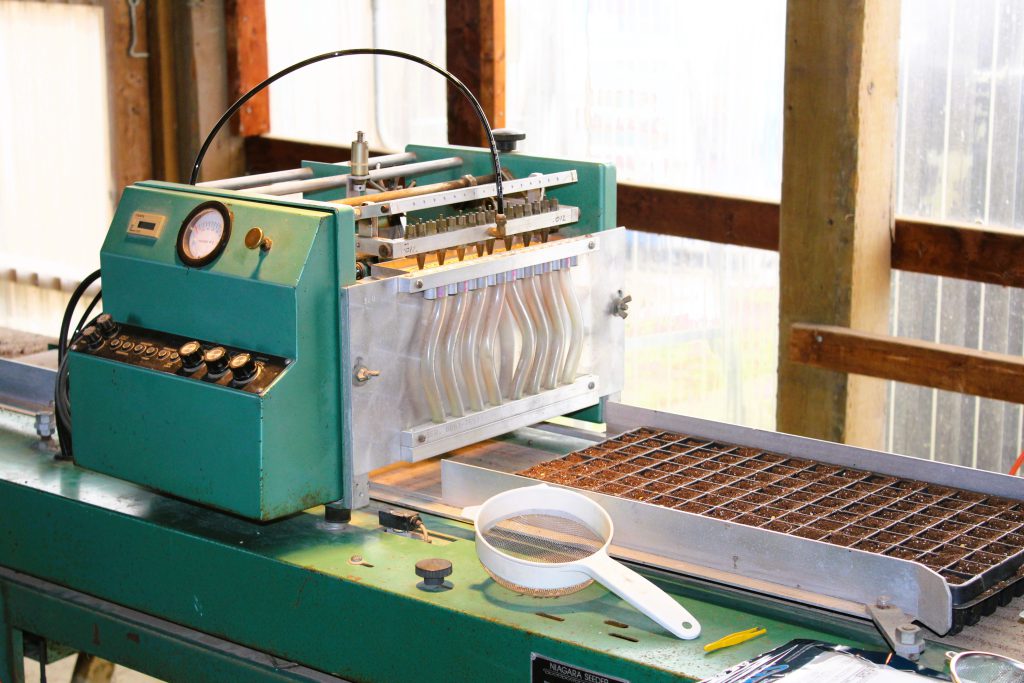
Once filled, the trays are watered, stacked, shrink wrapped, and moved to a 12’x 20′ germination chamber. Here the peppers will take 5, eggplant 4 and tomatoes 3 days to germinate. After germination, the pallets are disassembled, and the trays are moved to a 25’x 125′ green house.
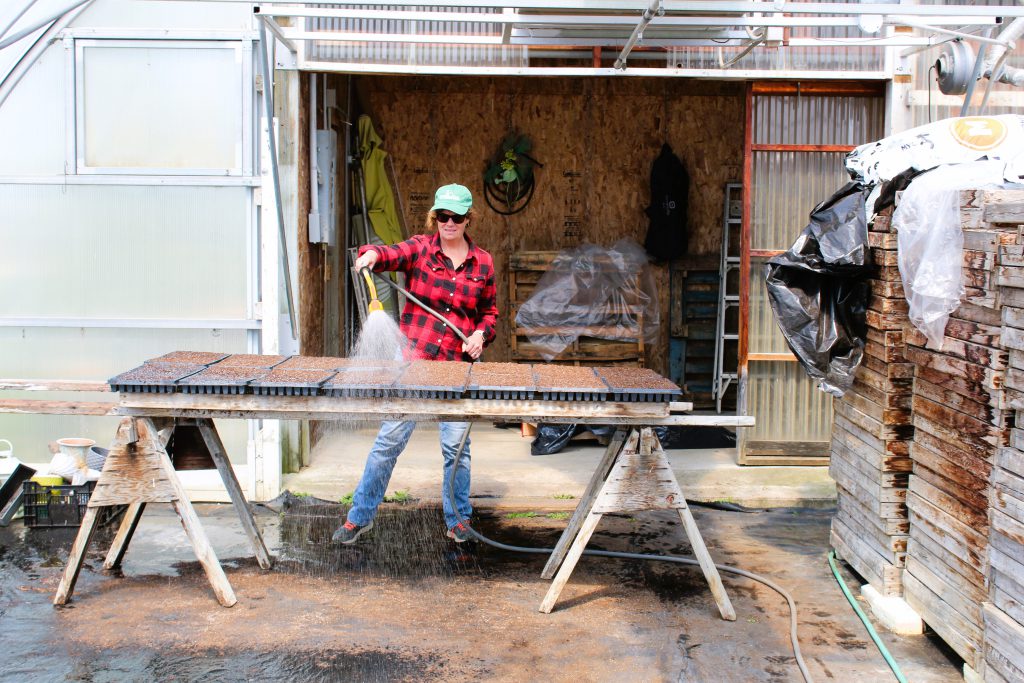
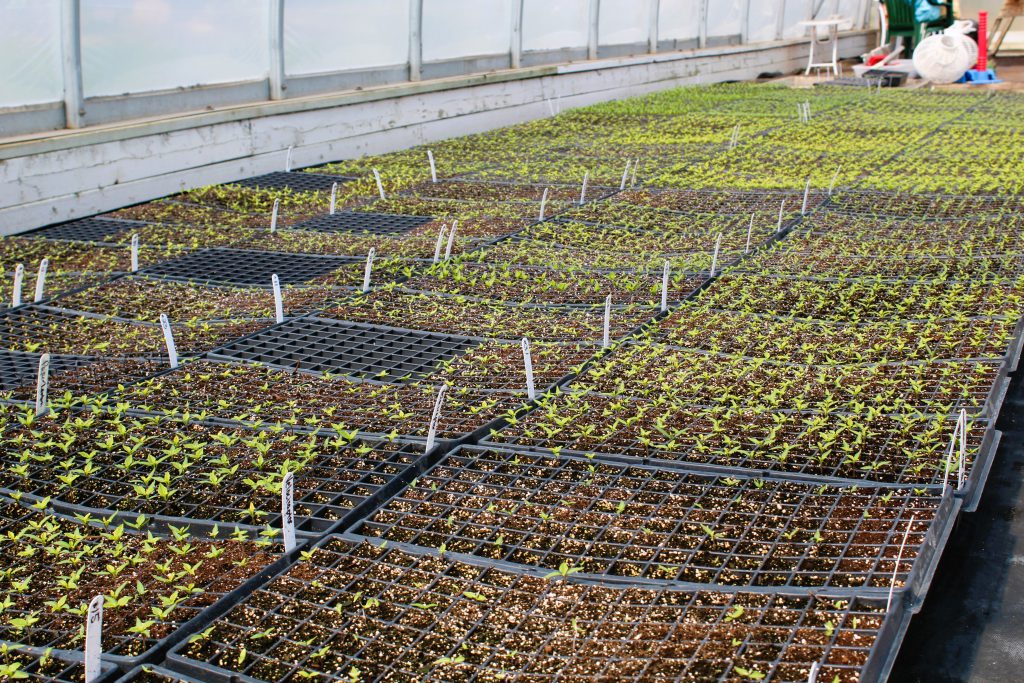
The greenhouse covered in 8-millimetre poly provides the perfect environment for their seedlings to develop. The temperature is controlled by automatic, electric fans that turn on as soon as the temperature of the greenhouse reaches 75°F. Here the plants will grow for weeks until the May long weekend, and then they are planted using a customized planter. This planter can plant up to 8 acres a day!
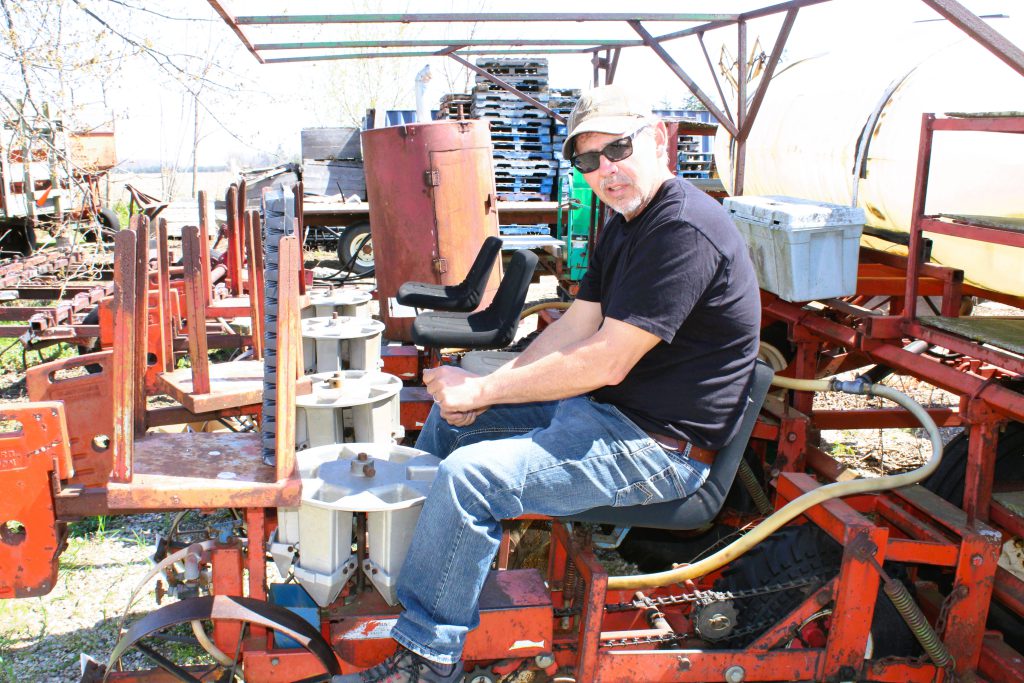
In the Rodney farming region, the soil composition is sand-based, making the land perfect for these crops because tomatoes and peppers both prefer a well drained soil. At the start of planting season, an application of a custom formulation of fertilizer is applied, the plants are planted, and then an application of nitrogen is applied in mid-July, once the fruit is on the plants.
There are a number of pests that have to be kept in check including the European corn borer on peppers, stink bug on tomatoes, and the Colorado potato beetle. Interestingly enough, the Lapadats decided to plant eggplant along with the other nightshades – tomatoes and peppers – because the Colorado beetle is more attracted to the eggplant. So, if they get an infestation of the beetle, they are more likely to be concentrated on these plants, making it much easier to get rid of them. Fungi, including blight and viral infection such as Rugose, are other problems that can infect the plants.
The harvest starts in August and is all done by hand! Spruce Ridge Farm employs 6 migrant workers from May 24 through October and every market day they employ 10-11 workers. An interesting, fun fact that all us market goers should appreciate is that the Lapadats and some of their staff get up at 1:00 a.m. to load up their two 26′ trucks and head to the market. They arrive at St. Jacobs at 3:30 a.m., and by the time they get set up, the sun is rising! Market opens at 7:00 a.m. Such an amazing dedication of getting fresh farm to table vegetables for us!
Besides growing their market vegetables, the Lapadats also grow strawberries for sale at their farm stand in Rodney, Ontario, and they also have expanded into custom growing of peppers for companies that specialize in making hot sauce. One of the hottest peppers grown at Spruce Ridge Farms is Dragon’s Breath which is 2.48 million Scoville units on the Scoville scale which is 310 times hotter than a Jalapeno at 8,000 scoville units or 7 times hotter than a Habanero at 350,000 Scoville units! To facilitate this production, the Lapadats invested in a container refrigeration system that can hold 15,000 pounds of sliced and frozen peppers. They have an automated slicer which slices at a rate of 4000 pounds per hour! Try that with your KitchenAid!
It was such a pleasure to meet with Elaine and Paul this April and learn more about their farm and what it takes to get those beautiful vegetables to market. Please go and check them out in August-October at St. Jacobs Market, St. Jacobs Ontario. You can also reach out to them through their website https://spruceridgefarm.ca/ or give Paul a call at 519-476-1169.

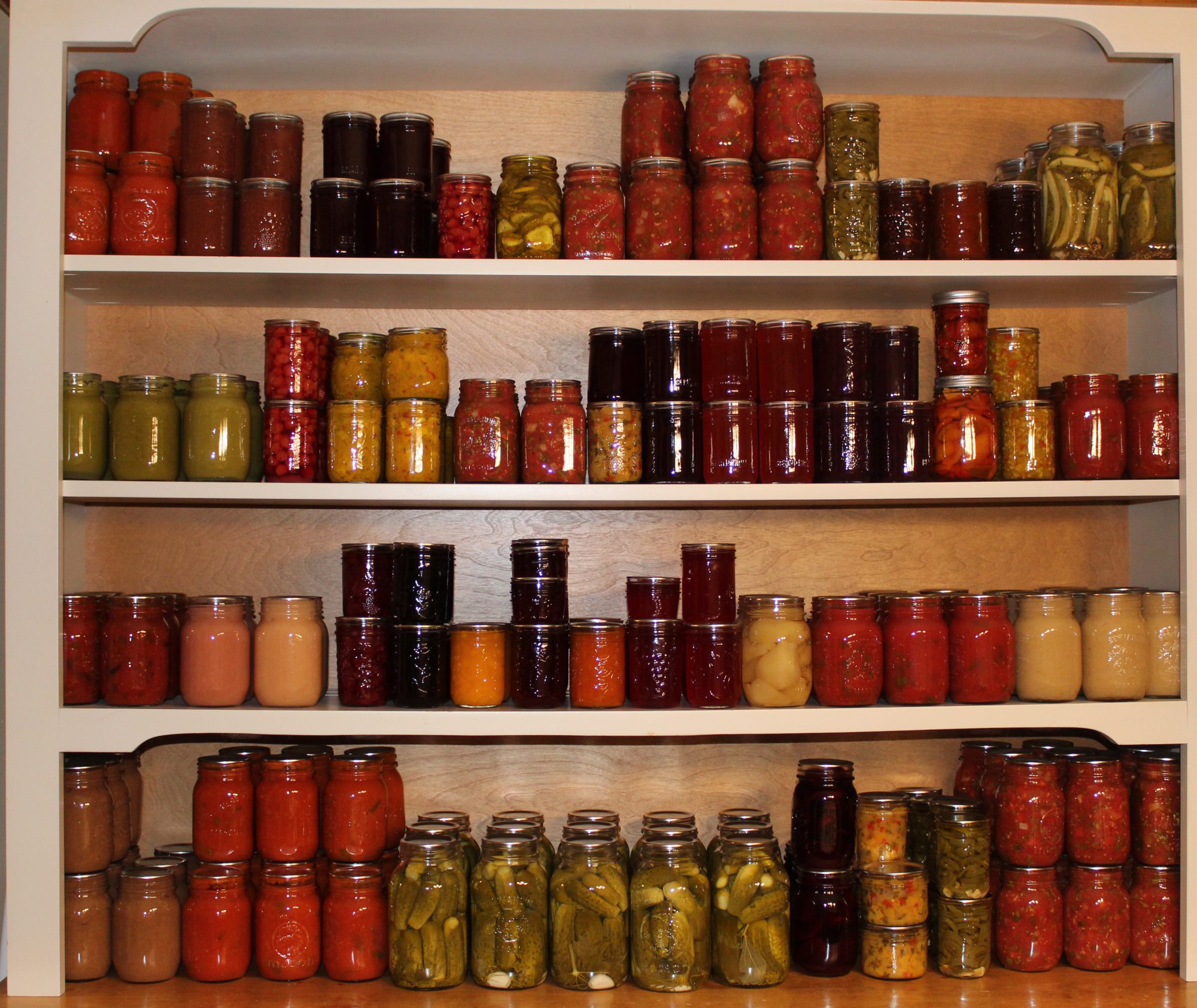





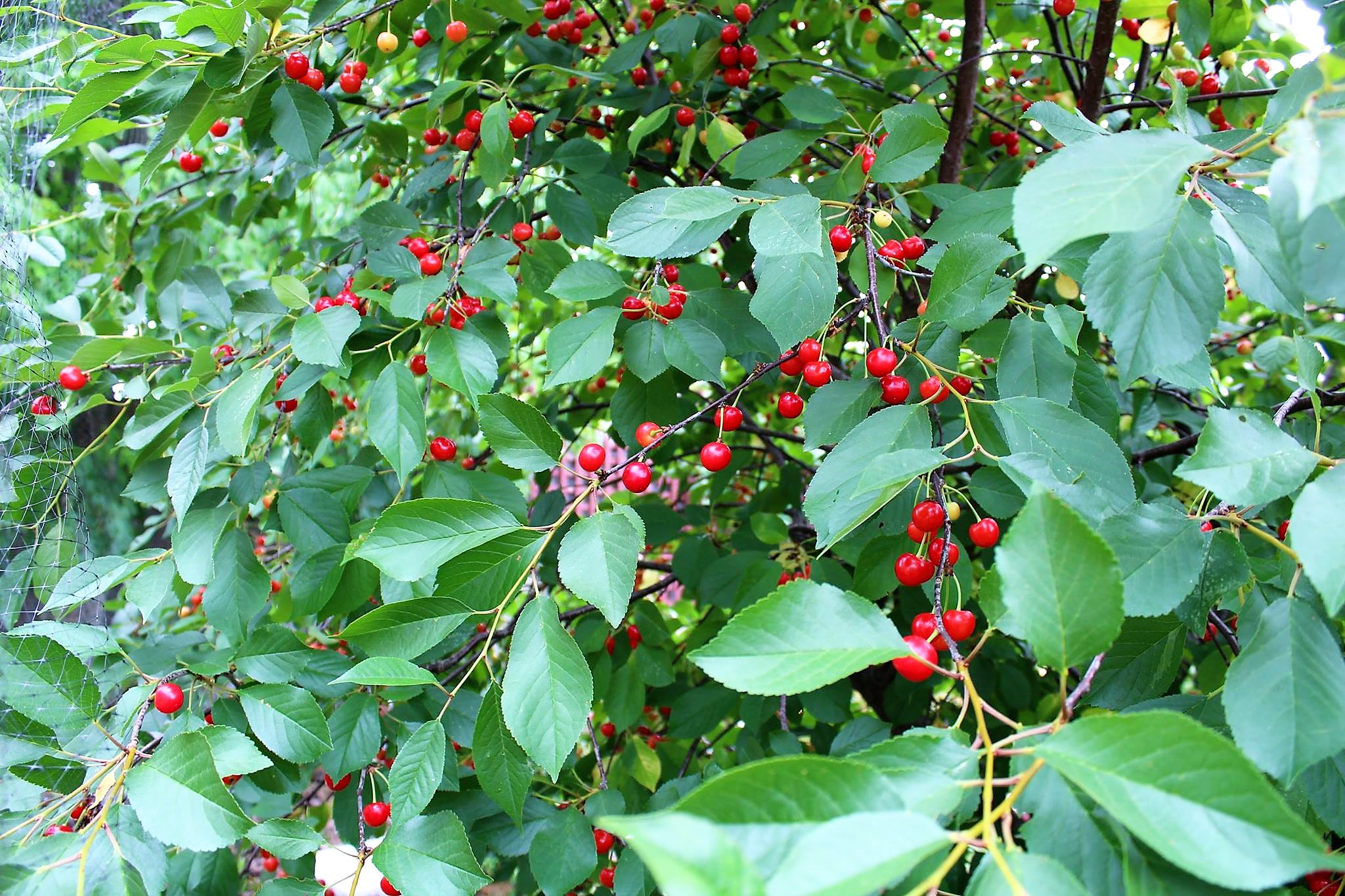




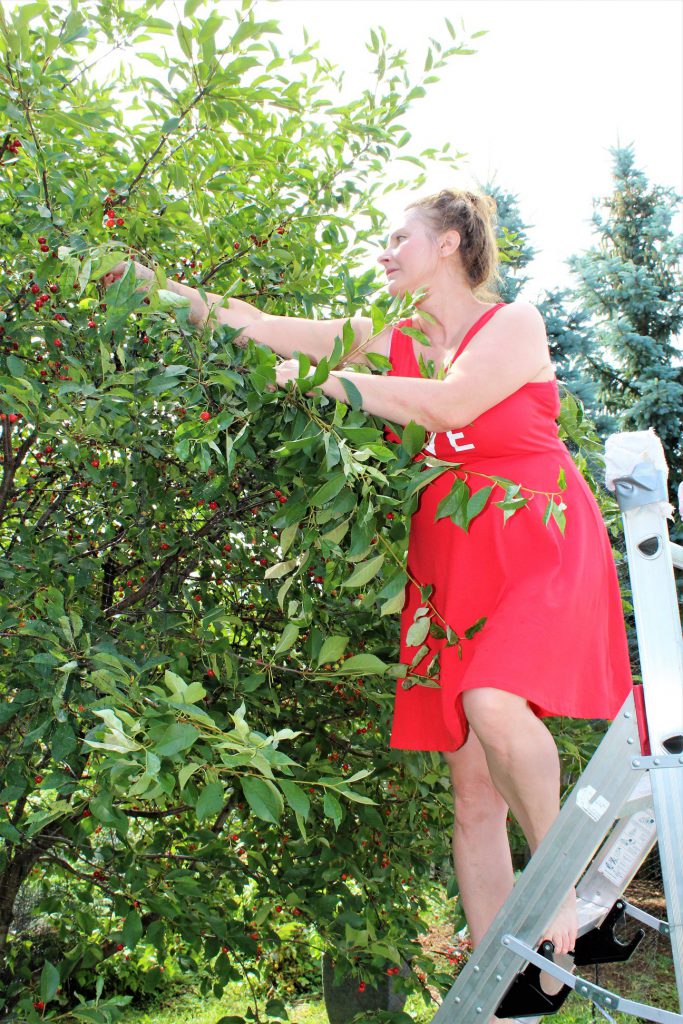












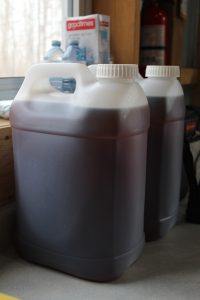




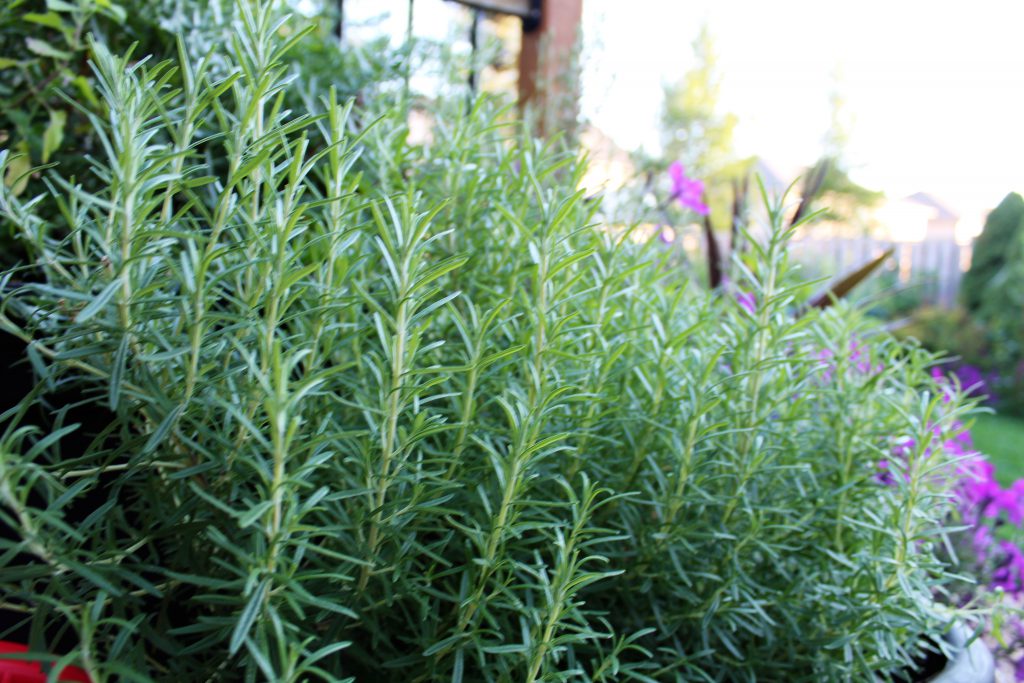
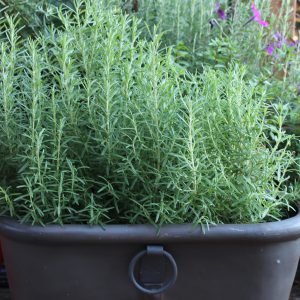






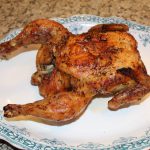


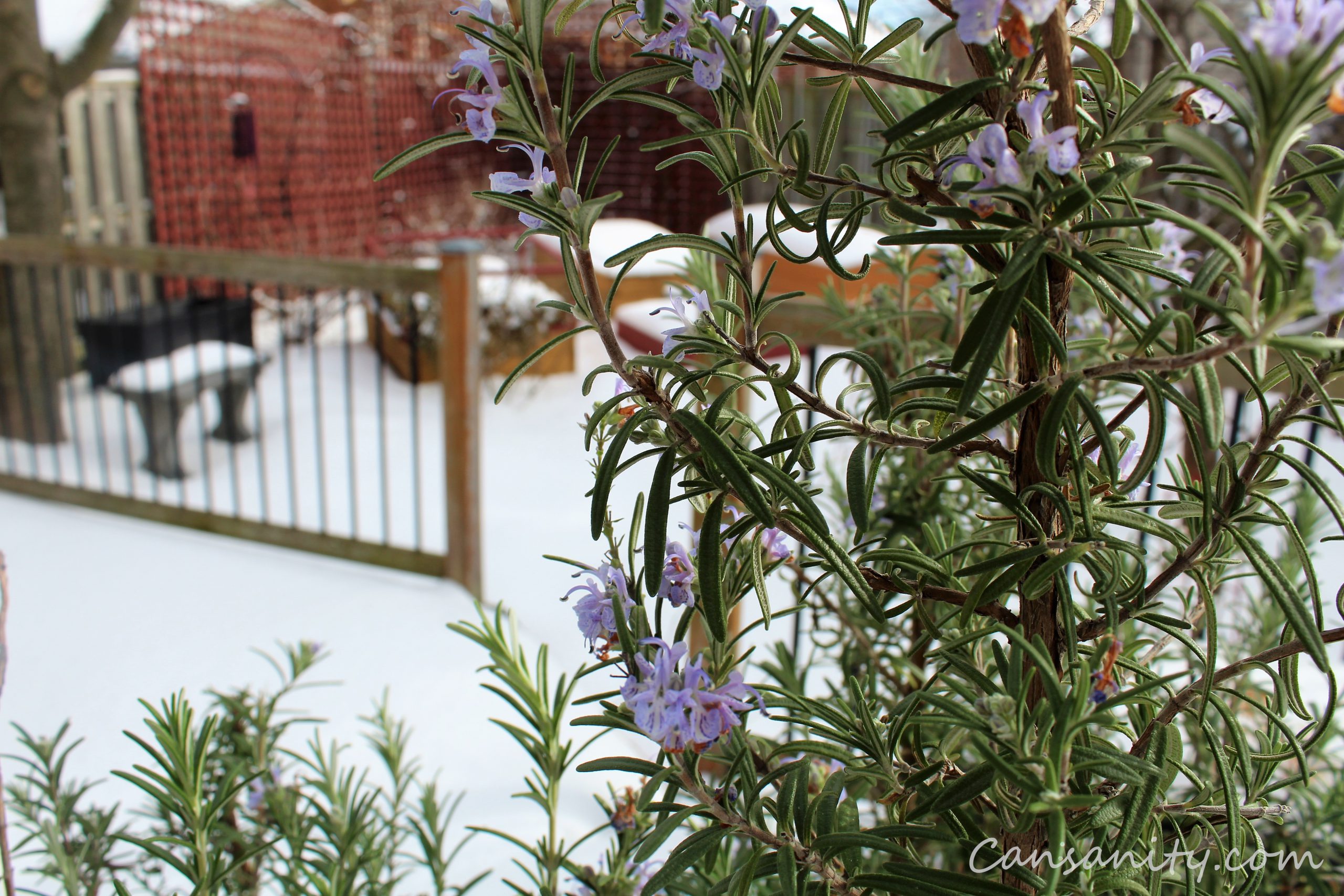


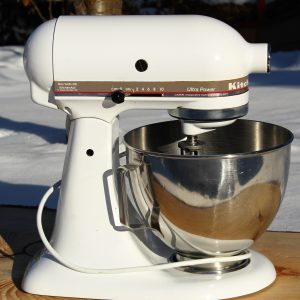
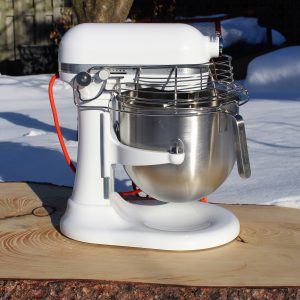

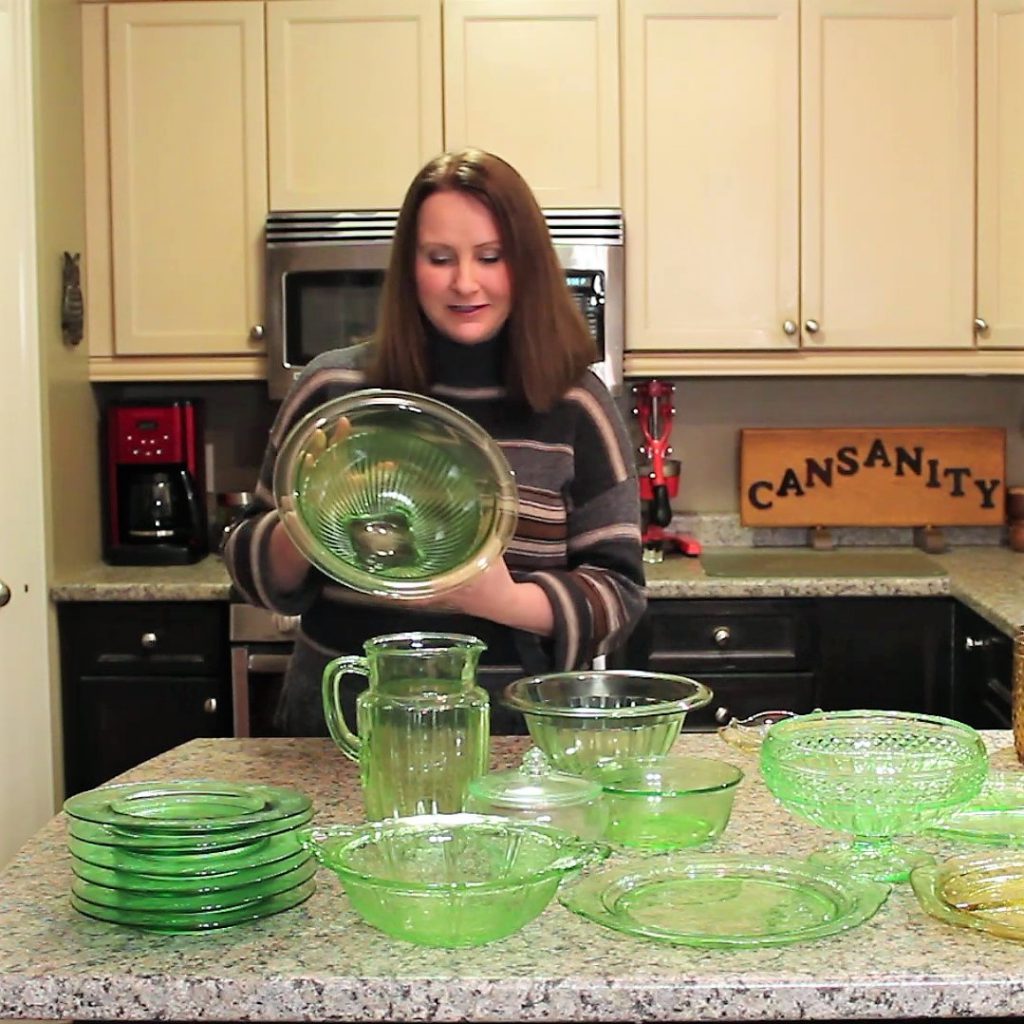
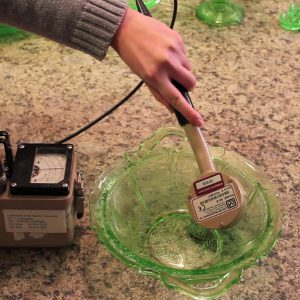







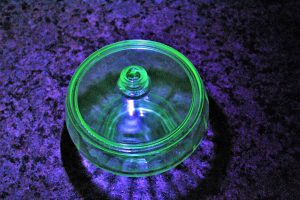

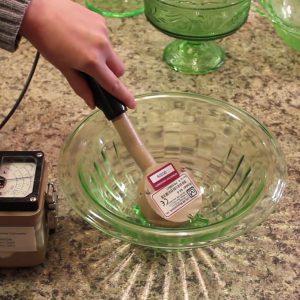
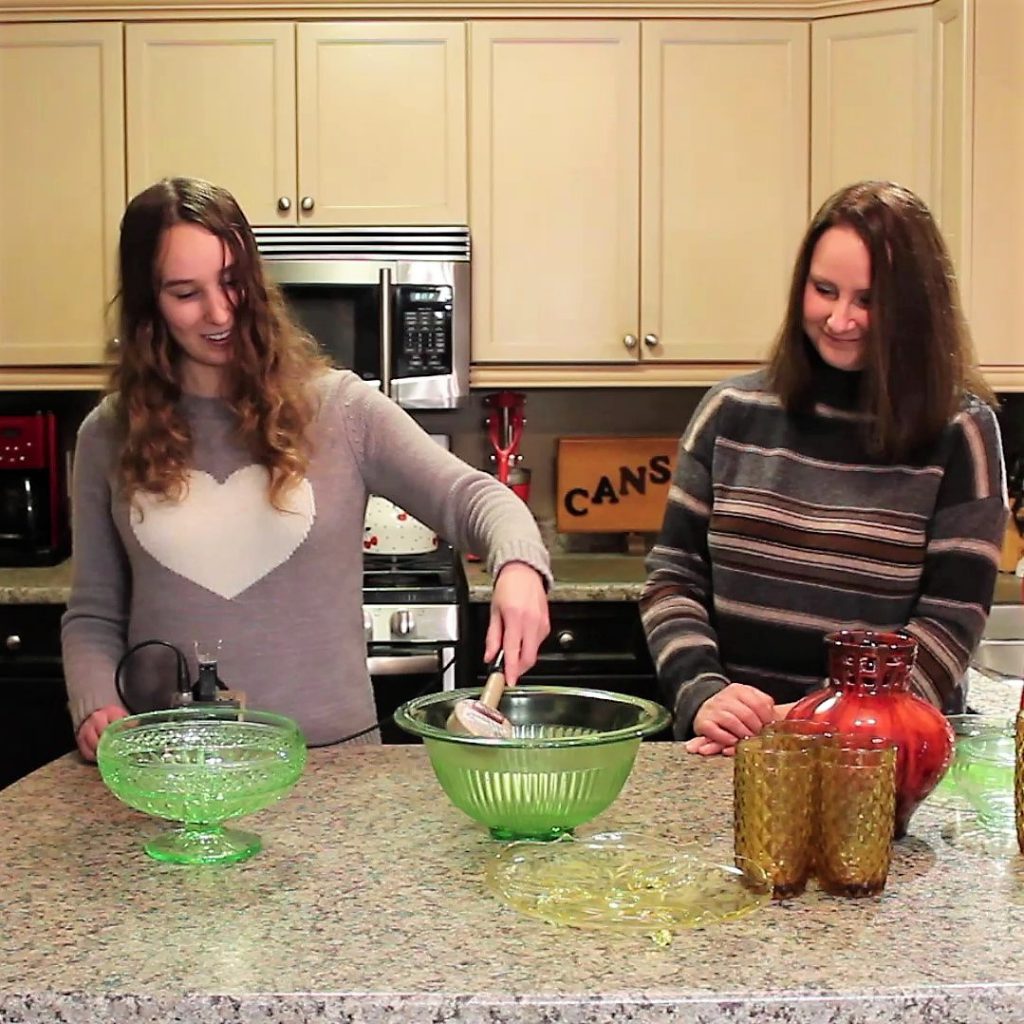



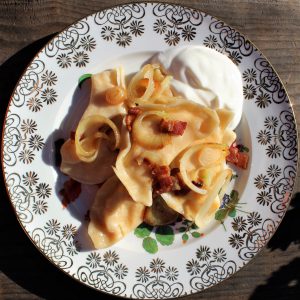



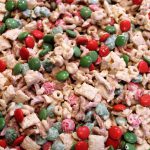






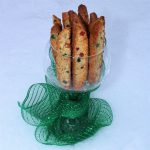





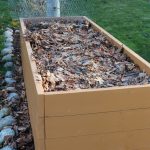
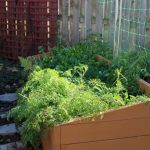
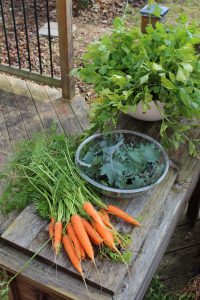

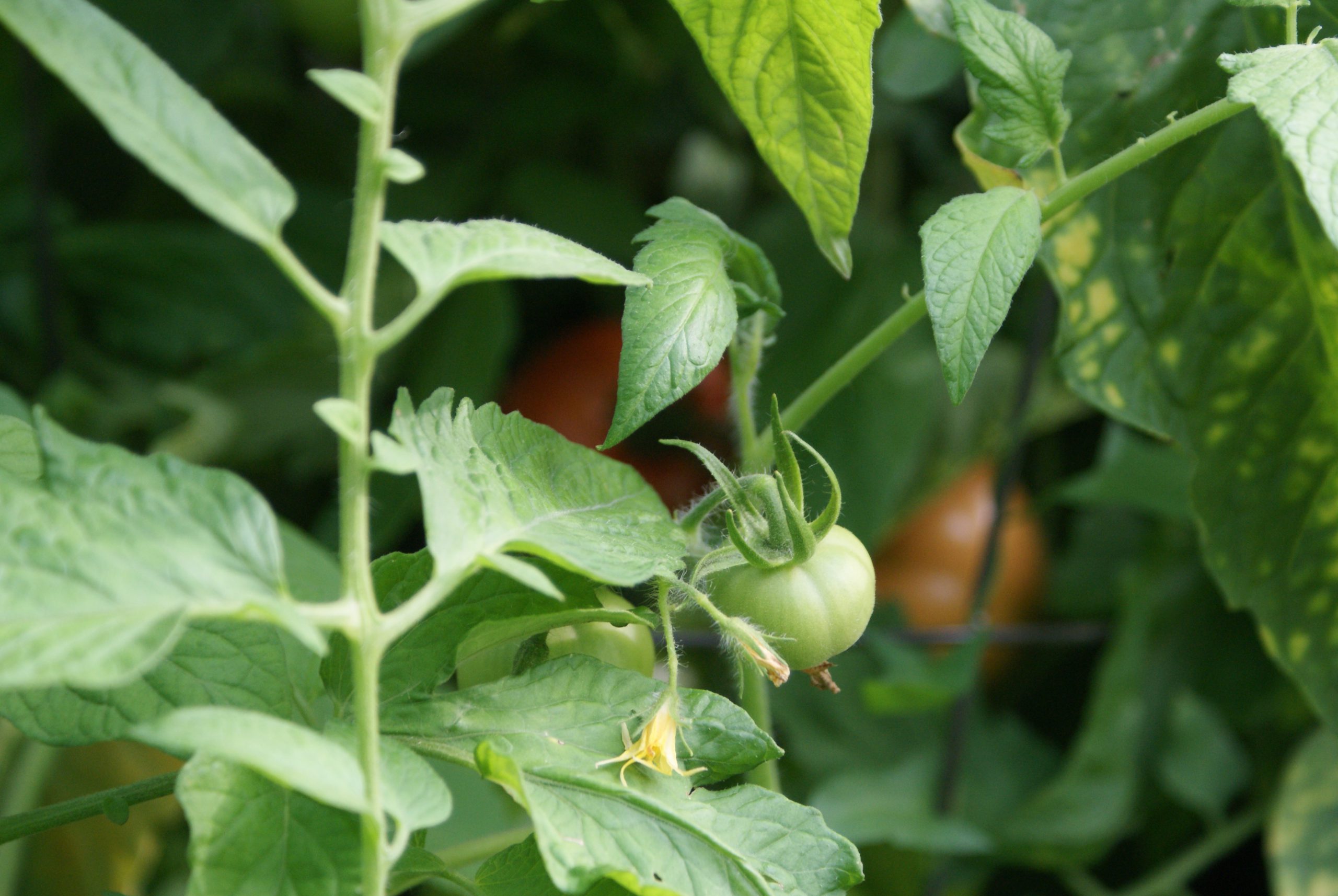

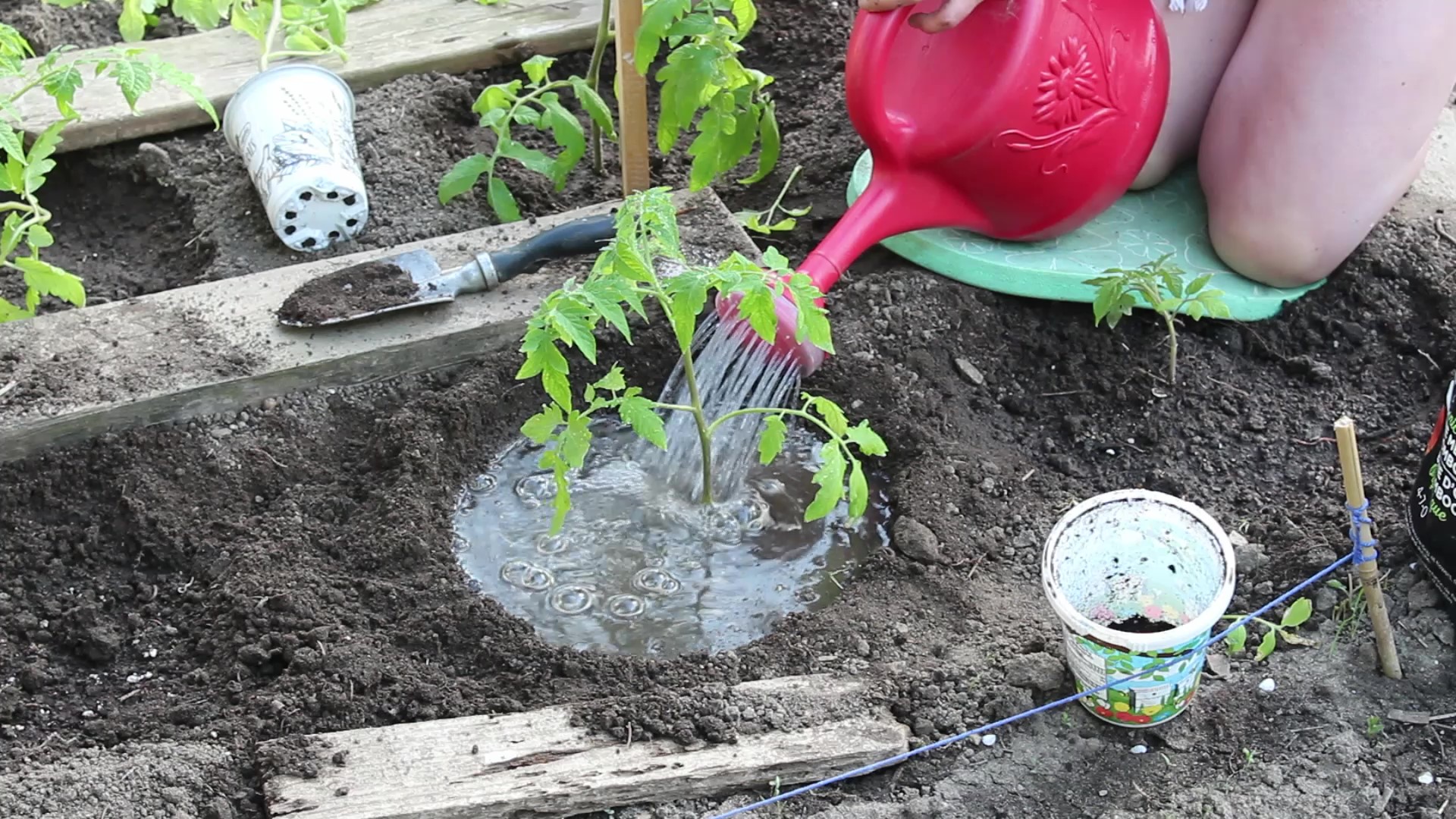
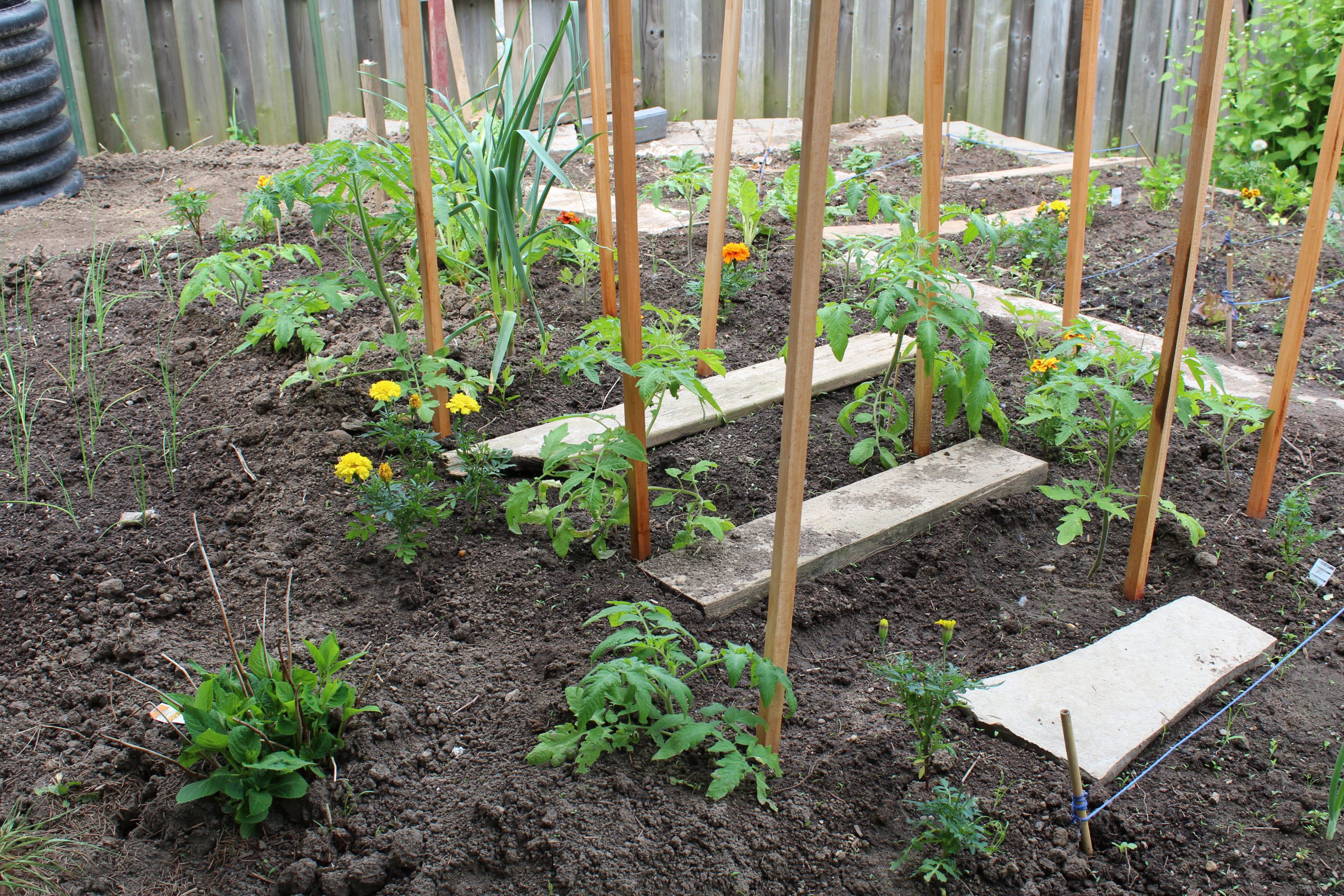


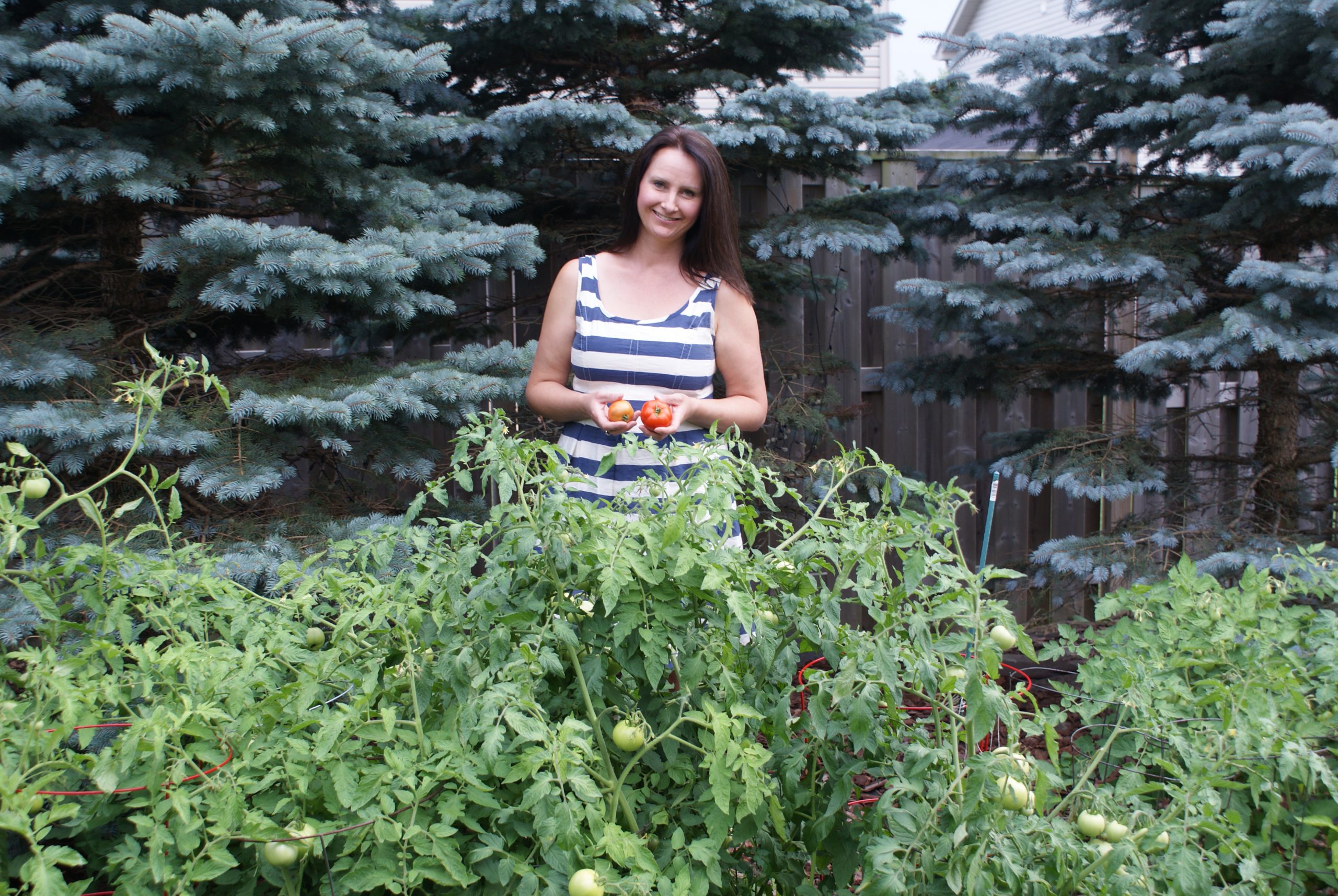

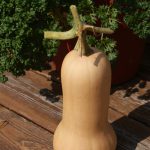

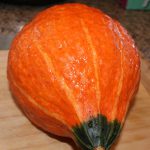
 I have grown acorn squash with success in my garden, and I am excited about growing this variety this year. I chose to grow this squash because it is a better producer than many other squashes. This compact plant should produce 5-8 small (1 ½ pound) fruits, whereas most squashes only produce 2 – 4 fruits. The flavour for this squash (and many squashes) improves with storage, making it an ideal vegetable to plant for use in the fall and winter months.
I have grown acorn squash with success in my garden, and I am excited about growing this variety this year. I chose to grow this squash because it is a better producer than many other squashes. This compact plant should produce 5-8 small (1 ½ pound) fruits, whereas most squashes only produce 2 – 4 fruits. The flavour for this squash (and many squashes) improves with storage, making it an ideal vegetable to plant for use in the fall and winter months.